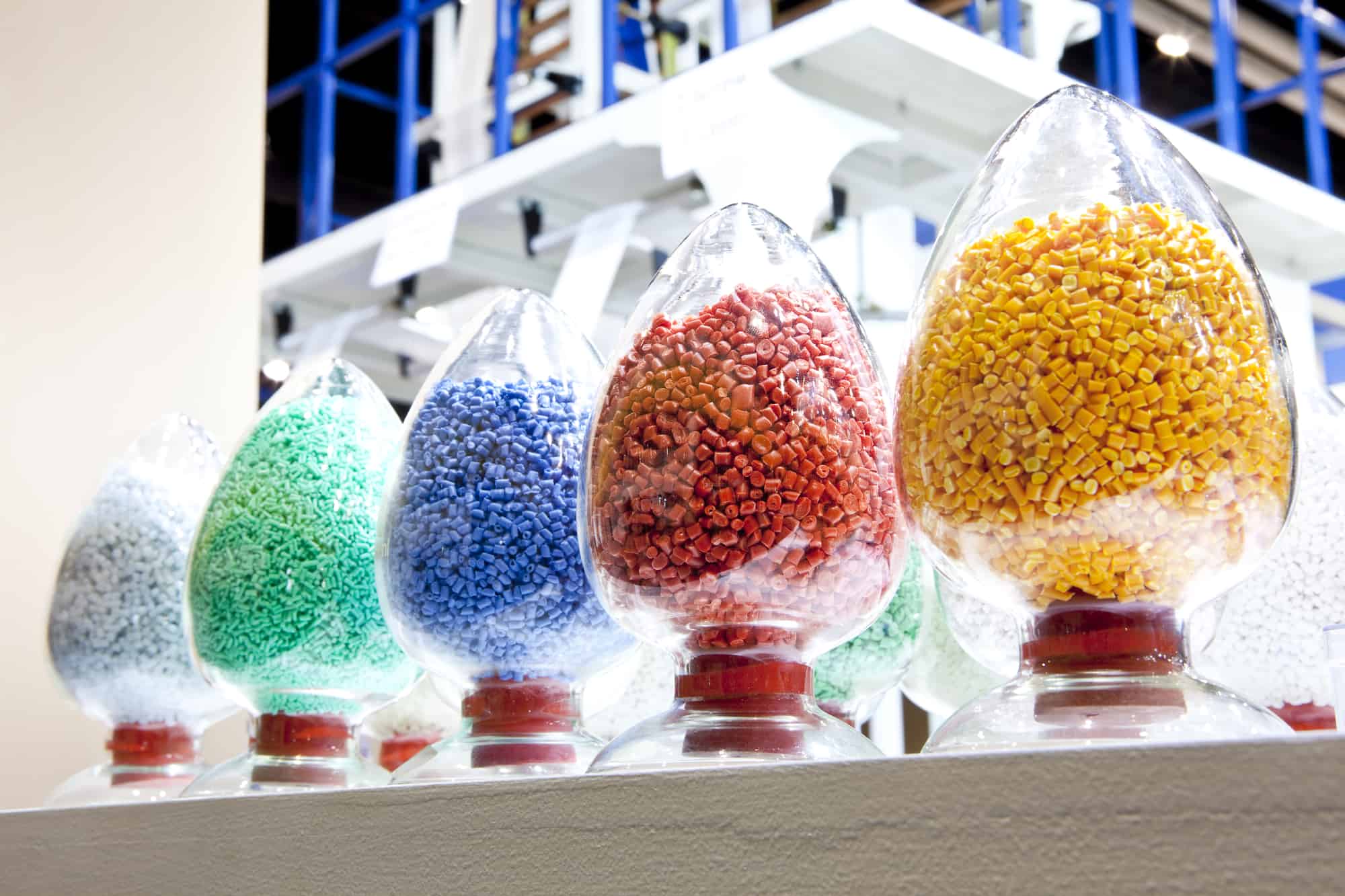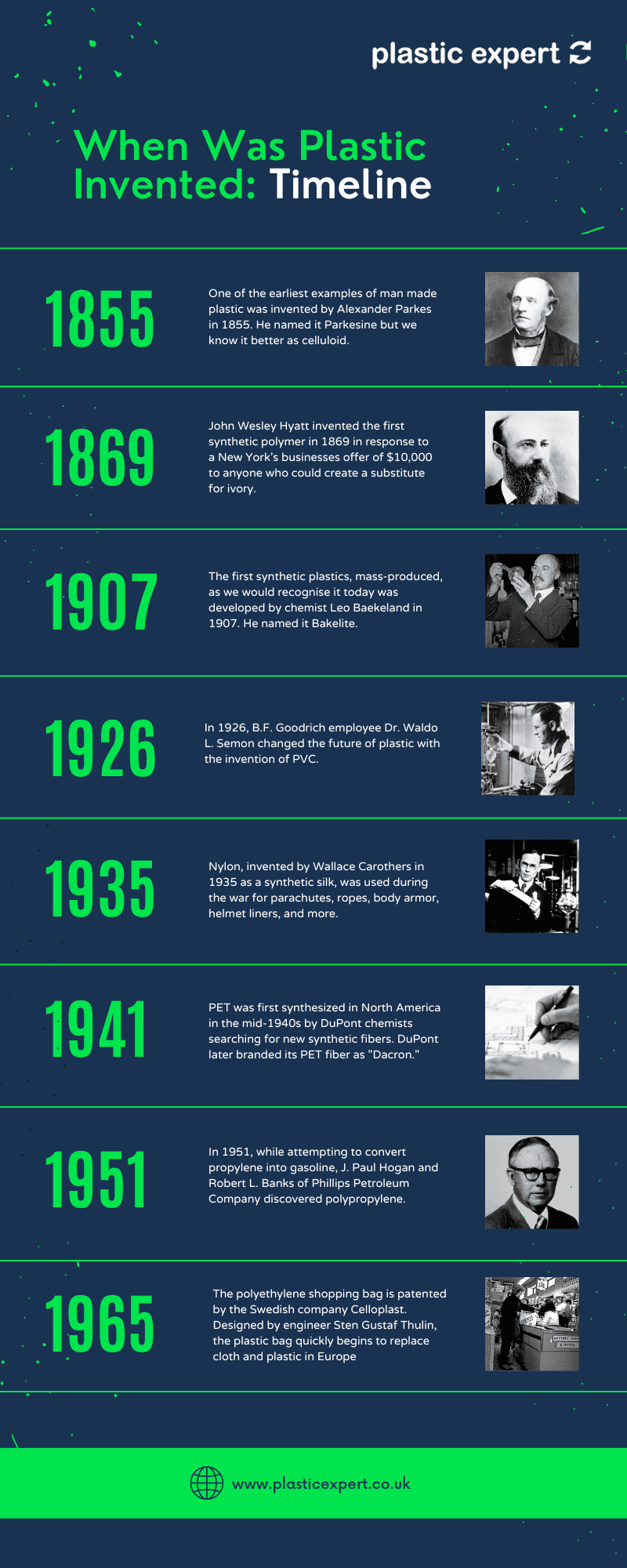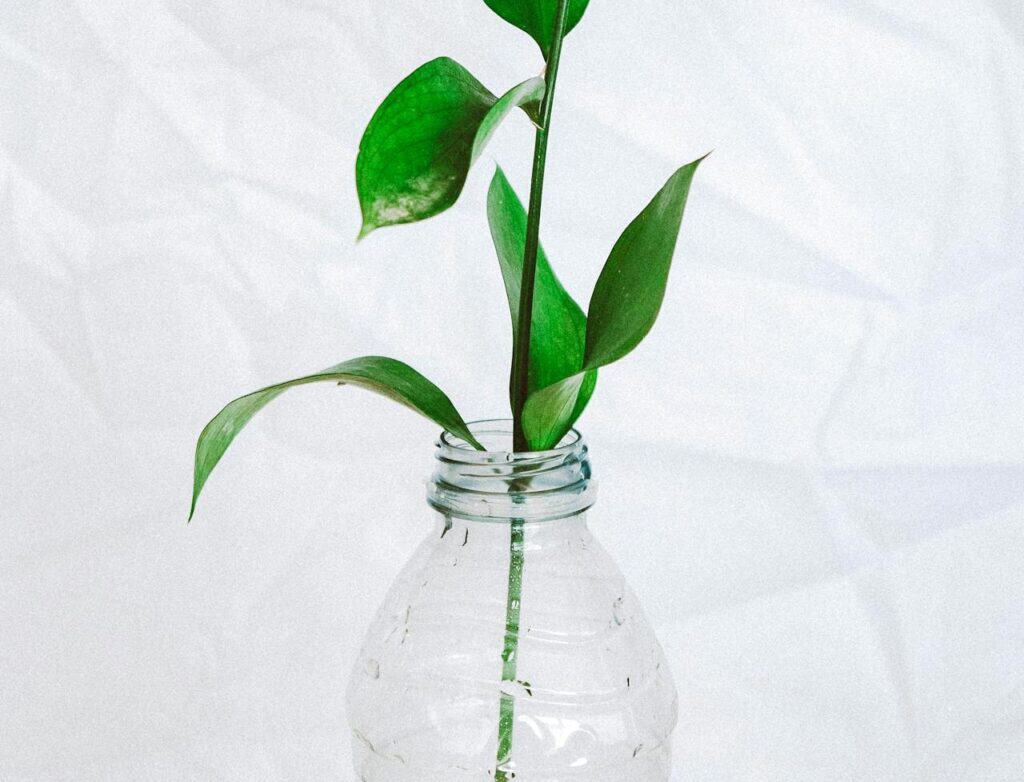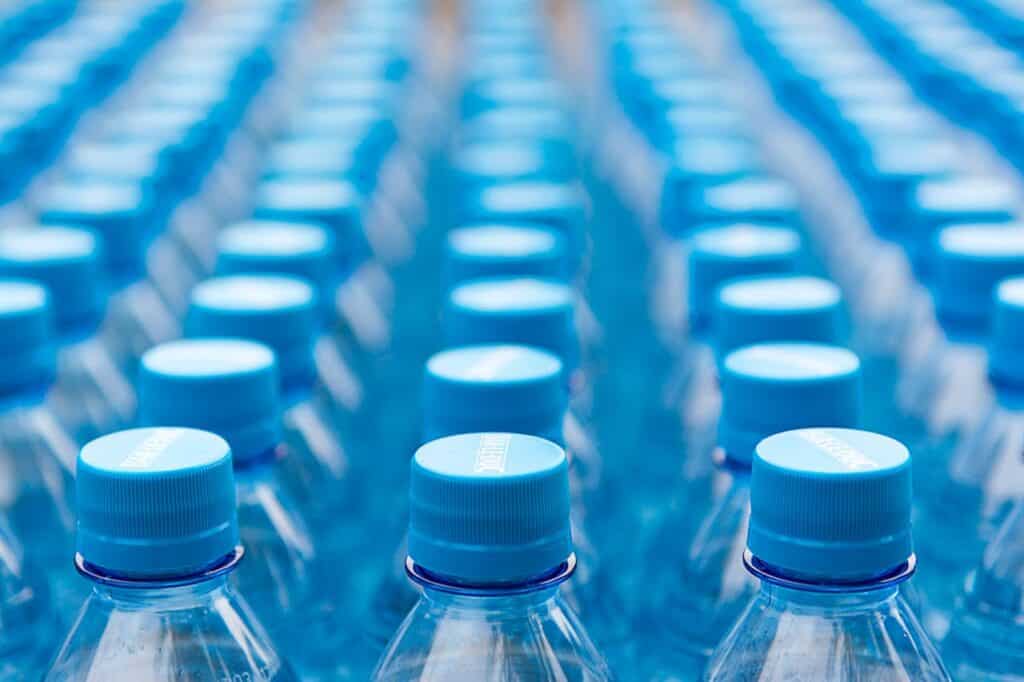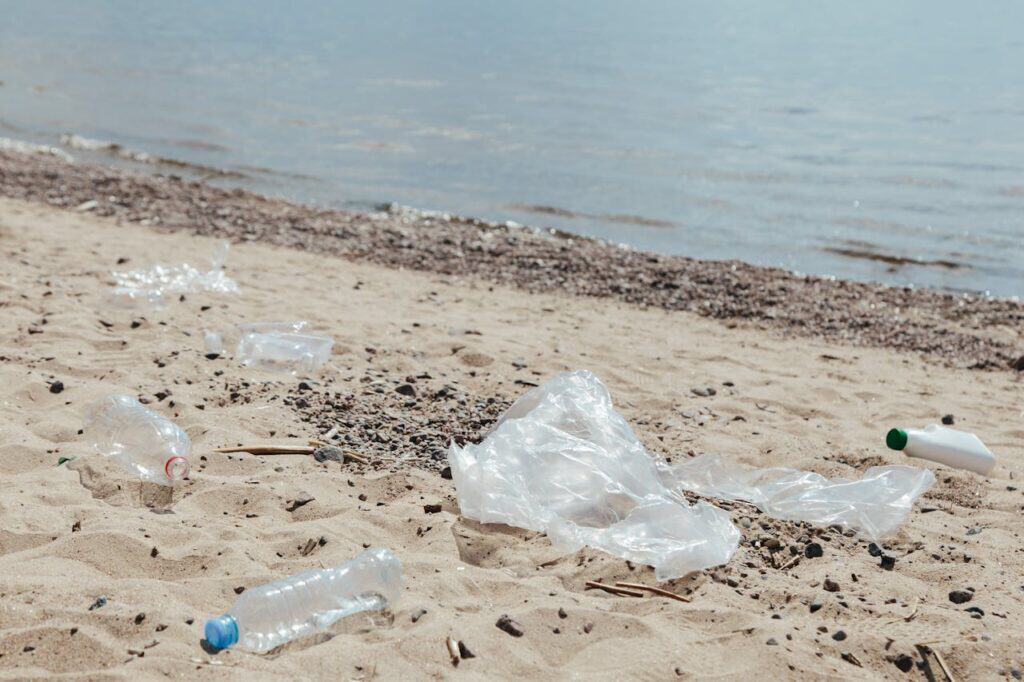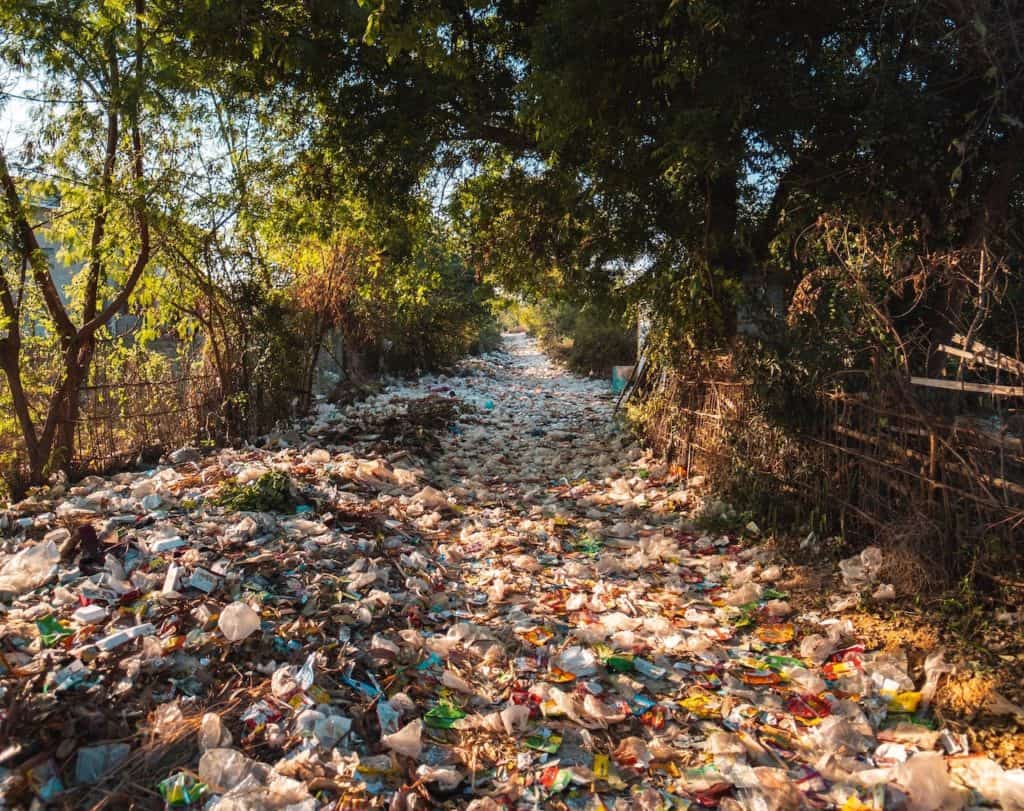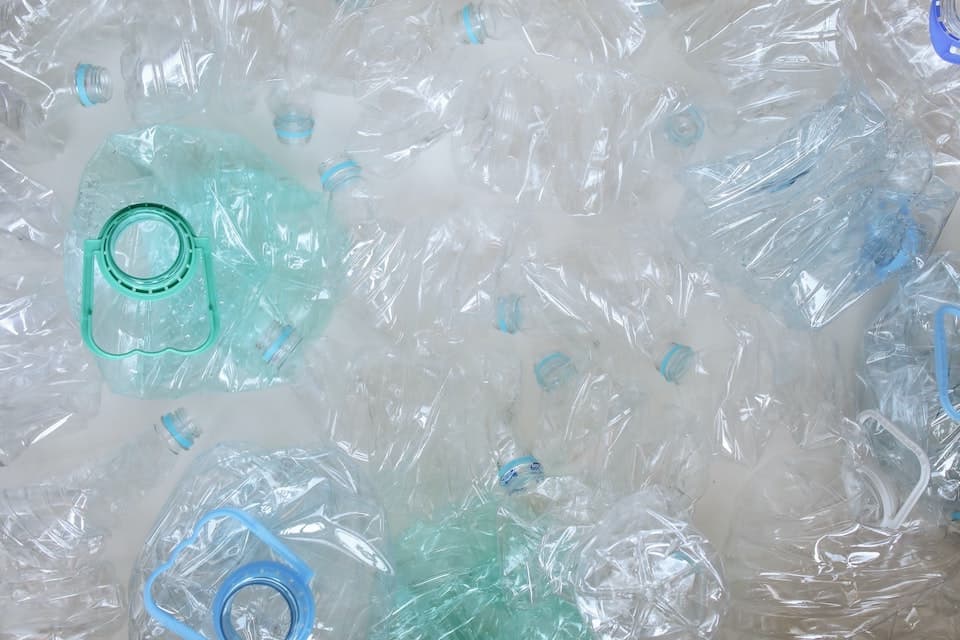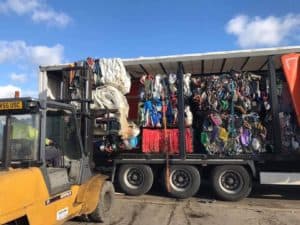Look around. Plastic is everywhere. The average home has hundreds of pieces of plastic in it. Toiletries, home appliances, toys, stationery, food packaging, the list is endless. A focus on plastic usage and recycling is currently happening as we begin to understand the scope of it’s impact on our oceans, marine life and health.
The word plastic originally meant ‘pliable and easily shaped’. It’s been making our lives easier for decades, but what exactly is plastic, when was it invented and what is it used for?
Throughout history, the human race has strived to develop materials with benefits not generally found in nature. When we started using natural materials with plastic-like properties such as gum or shellac.
From there, the industry moved to modify natural materials such as collagen, rubber and nitrocellulose.
Who Invented Plastic
One of the earliest examples of man made plastic was invented by Alexander Parkes in 1855. He named it Parkesine but we know it better as celluloid. John Wesley Hyatt invented the first synthetic polymer in 1869 in response to a New York’s businesses offer of $10,000 to anyone who could create a substitute for ivory. The American love of billiards was causing a shortage of ivory, which was used for the balls and was leading to the needless hunting of elephants for their tusks. Hyatt discovered that it was a great replacement for ivory, tortoiseshell and other similar materials.
Plastic As We Know It
The first synthetic plastics, mass-produced, as we would recognise it today was developed by chemist Leo Baekeland in 1907. He named it Bakelite. As the United States was picking up the pace in providing electricity to homes and industry, it needed a synthetic insulator that was heat resistant, pliable and durable. There was nothing at the time that could be mass-produced to meet the demand. Bakelite could be moulded into any shape and was marketed by its owners as “the material of a thousand uses”. When reaching 1951, polypropylene was discovered while attempting to convert propylene into gasoline. Nowadays, polypropylene is used for products such as DVD cases, packaging, and more. You can find a detailed full timeline infographic below.
When Was Plastic Invented [Infographic]
Key Takeaways
- 1855: Earliest example of man made plastic
- 1869: John Hyatt invented the first synthetic polymer
- 1907: Bakelite, the first synthetic plastic was mass-produced
- 1926: PVC was invented by Dr. Waldo L. Semon
- 1935: Nylon, invented by Wallace Carothers, was used during the war
- 1941: PET was first synthesized in North America
- 1951: Phillips Petroleum Company discovered polypropylene
- 1965: The polyethylene shopping bag is patented by the Swedish company Celloplast
A Lifechanging Material
No longer reliant on precious (and expensive) natural resources. Material items were now within reach of the average person. The plastics industry really came into its own in response to the need created by World War II and was used to create everything from helmets, body armor, parachutes, and robes; with these plastics being durable to both heat and pressure. This ramp-up in the production of plastic products continued after the war. Modern plastic was seen as safe, inexpensive, and clean. It started to replace some steel in cars, wood in furniture, paper and glass.
Societies Growing Mistrust Of Plastic
The utopian view soon changed as the environmental problems caused by plastic production and waste plastic came to light. Recycling plastic has gone some way to mitigating the problem but the ecological damage done to the oceans and marine life is vast. This is from items such as plastic bags and bottles made from polyethylene terephthalate (PET). An estimated 80,000 tons of plastic is in fact present in the great pacific garbage patch.
Plastic also became the byword for cheap, low quality and easily breakable. Health risks associated with plastic have also contributed to the drop in popularity. Plastic is used a lot to store and preserve food. It was discovered that the certain additives used in the production process to improve flexibility and durability can disrupt hormones in the body as these chemicals leach out into food.
With 99 percent of plastics being made from fossil fuels, the creation of plastic has damaging effects on our planet. Plastic results in greenhouse gas emissions, contributing to the rate of climate change; unlike natural substances such as natural polymers which are safe for both humans and the world.
The Benefits Of Plastic
Although plastic can cause harm to the planet, the material itself comes with a range of benefits. One includes its use in food packaging: Plastic food packaging prevents damage during transportation and can extend its shelf life, meaning with the help of plastic we are able to limit food waste. Studies have shown that the carbon footprint of food loss and waste is on average 5x higher than the impact of producing or optimizing the plastic packaging involved.
Plastic is also being used in the construction and industrial sectors, most commonly with the use of polyvinyl chloride (PVC). This material is characterised by its strong and durable nature, making it perfect for a range of products in this industry.
Plastic Is Here To Stay
Even though plastic is generally maligned and mistrusted today, its role in modern life is critical. Mobile phones, computers, and life-saving medical equipment are all possible thanks to plastic. Industries that can, are looking at alternatives to plastic in their products and packaging. Where that isn’t possible, improved plastic recycling and handling of waste plastics need to happen to prevent further ecological damage.
Find Similar Blogs
If you enjoyed finding out more about the history of plastic, we have also shared a recycling through the ages series of articles. Dive into the 1960s, 1970s, and 1980s of recycling.

